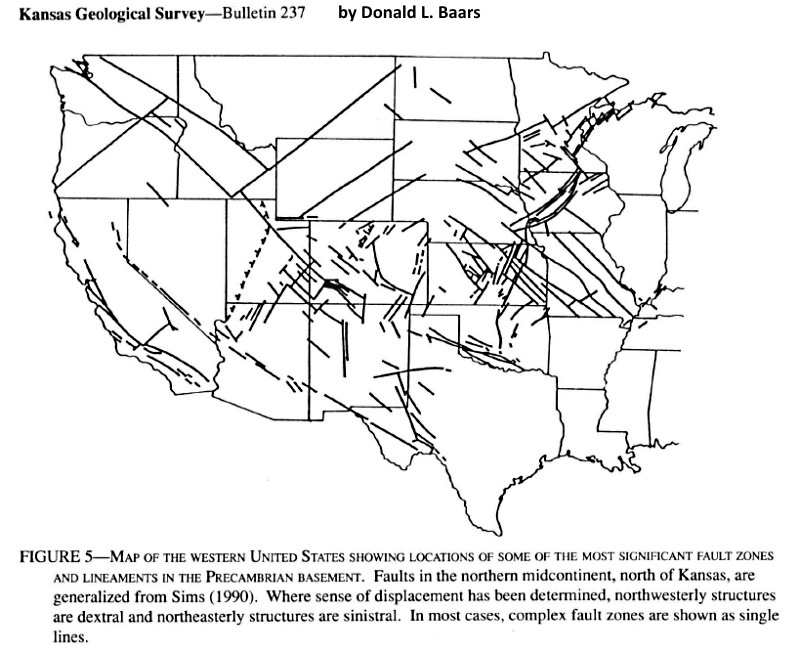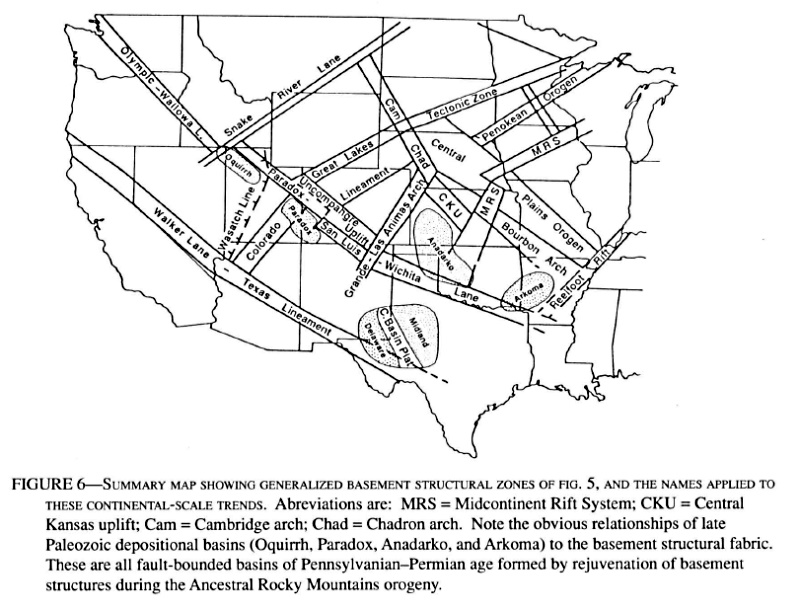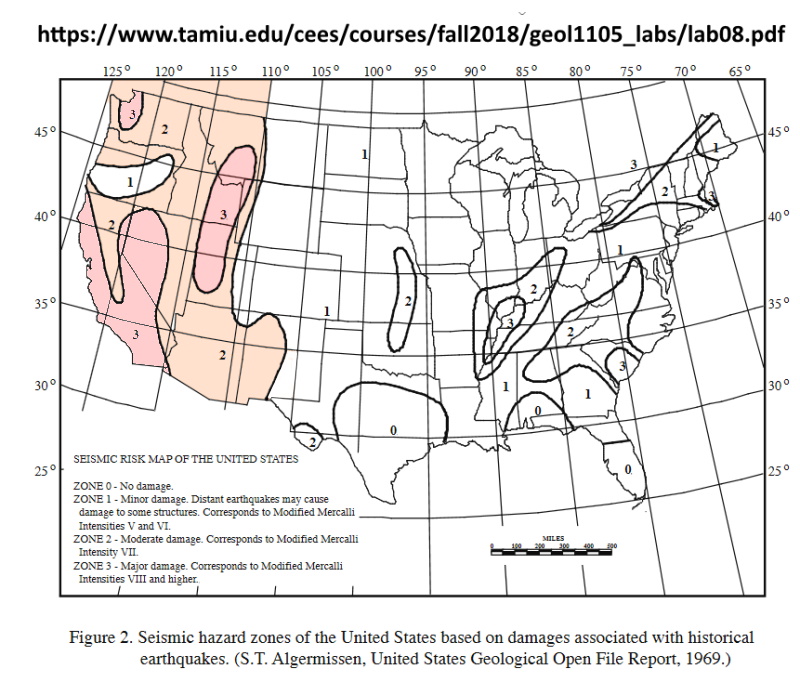Geology Maps of the 50 States
Dec 27, 2021 9:03:40 GMT -5
catskillrocks, RWA3006, and 4 more like this
Post by 1dave on Dec 27, 2021 9:03:40 GMT -5
www.thoughtco.com/geologic-maps-of-the-united-states-4122863
By Andrew Alden
Updated on November 07, 2017
Below you'll find geologic maps for each state, ordered alphabetically, plus details on each state's unique geologic structure.
01 of 50
:max_bytes(150000):strip_icc():format(webp)/ALgeomap-58b5a8d25f9b5860469e7ce0.jpg)
Alabama's rocks
Geologic Maps of the 50 United States Created by Andrew Alden from the U.S. Geological Survey's Geologic Map of the United States, 1974, by Philip King and Helen Beikman ( fair use policy).
Alabama rises from the coastline, its gently dipping rock layers exposing deeper and older formations in majestic order as one moves north.
The yellow and gold stripes nearest the Gulf of Mexico coast represent rocks of Cenozoic age, younger than 65 million years. The southernmost green stripe labeled uK4 marks the Selma Group. The rocks between it and the dark green stripe of the Tuscaloosa Group, labeled uK1, all date from Late Cretaceous time, starting at about 95 million years ago.
The more resistant layers in this sequence crop out as long low ridges, steep on the north and gentle on the south, called cuestas. This part of Alabama formed in the shallow waters that have covered most of the central continent throughout geologic history.
The Tuscaloosa Group gives way to the compressed, folded rocks of the southernmost Appalachian Mountains to the northeast and the flat-lying limestones of the interior basins to the north. These different geologic elements give rise to a great variety of landscapes and plant communities, in what outsiders might consider a flat and uninteresting region.
The Geological Survey of Alabama has much more information on the state's rocks, mineral resources, and geologic hazards.
02
of 50
Alaska Geologic Map
:max_bytes(150000):strip_icc():format(webp)/AKgeomap-58b5aaa73df78cdcd8943e55.jpg)
Alaska's rocks
Geologic Maps of the 50 United States. Map courtesy Alaska Department of Natural Resources (fair use policy)
Alaska is a colossal state that contains some of the world's most notable geologic features. Click the image for a larger version.
The long Aleutian Island chain sweeping to the west (cut off in this miniature version) is a volcanic arc that is fed magma from the subduction of the Pacific plate beneath the North American plate.
Much of the rest of the state is built of chunks of continental crust carried there from the south, then plastered there where they compress the land into the highest mountains in North America. Two ranges right next to each other can have rocks that are totally different, formed thousands of kilometers away and millions of years apart. The ranges of Alaska are all part of a great mountain chain, or cordillera, that stretches from the tip of South America all the way up the west coast, then over into eastern Russia. The mountains, the glaciers upon them and the wildlife they support are enormous scenic resources; the minerals, metals and petroleum resources of Alaska are equally significant.
By Andrew Alden
Updated on November 07, 2017
Below you'll find geologic maps for each state, ordered alphabetically, plus details on each state's unique geologic structure.
01 of 50
Alabama Geologic Map
:max_bytes(150000):strip_icc():format(webp)/ALgeomap-58b5a8d25f9b5860469e7ce0.jpg)
Alabama's rocks
Geologic Maps of the 50 United States Created by Andrew Alden from the U.S. Geological Survey's Geologic Map of the United States, 1974, by Philip King and Helen Beikman ( fair use policy).
Alabama rises from the coastline, its gently dipping rock layers exposing deeper and older formations in majestic order as one moves north.
The yellow and gold stripes nearest the Gulf of Mexico coast represent rocks of Cenozoic age, younger than 65 million years. The southernmost green stripe labeled uK4 marks the Selma Group. The rocks between it and the dark green stripe of the Tuscaloosa Group, labeled uK1, all date from Late Cretaceous time, starting at about 95 million years ago.
The more resistant layers in this sequence crop out as long low ridges, steep on the north and gentle on the south, called cuestas. This part of Alabama formed in the shallow waters that have covered most of the central continent throughout geologic history.
The Tuscaloosa Group gives way to the compressed, folded rocks of the southernmost Appalachian Mountains to the northeast and the flat-lying limestones of the interior basins to the north. These different geologic elements give rise to a great variety of landscapes and plant communities, in what outsiders might consider a flat and uninteresting region.
The Geological Survey of Alabama has much more information on the state's rocks, mineral resources, and geologic hazards.
02
of 50
Alaska Geologic Map
:max_bytes(150000):strip_icc():format(webp)/AKgeomap-58b5aaa73df78cdcd8943e55.jpg)
Alaska's rocks
Geologic Maps of the 50 United States. Map courtesy Alaska Department of Natural Resources (fair use policy)
Alaska is a colossal state that contains some of the world's most notable geologic features. Click the image for a larger version.
The long Aleutian Island chain sweeping to the west (cut off in this miniature version) is a volcanic arc that is fed magma from the subduction of the Pacific plate beneath the North American plate.
Much of the rest of the state is built of chunks of continental crust carried there from the south, then plastered there where they compress the land into the highest mountains in North America. Two ranges right next to each other can have rocks that are totally different, formed thousands of kilometers away and millions of years apart. The ranges of Alaska are all part of a great mountain chain, or cordillera, that stretches from the tip of South America all the way up the west coast, then over into eastern Russia. The mountains, the glaciers upon them and the wildlife they support are enormous scenic resources; the minerals, metals and petroleum resources of Alaska are equally significant.
You will have to go there to see the rest of them.

 NE Alabama looks to me like the center of an ancient huge impact crater!
NE Alabama looks to me like the center of an ancient huge impact crater!













